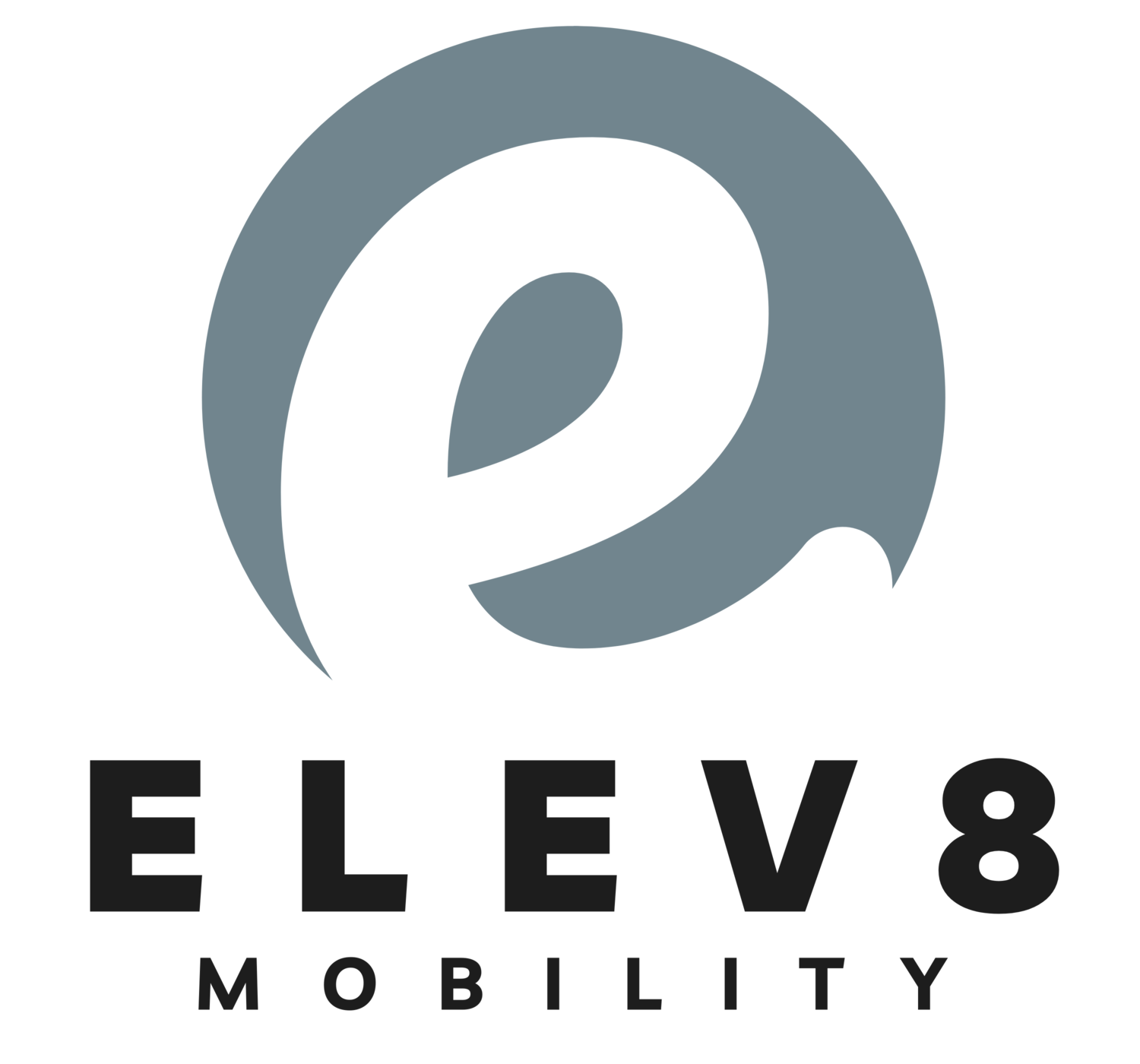How to Make Winter Living Easier: Accessibility Tips for the Coldest Months
Winter can be beautiful—but for individuals with mobility challenges, it also brings real obstacles. Snow, ice, early sunsets, and more time spent indoors can increase the risk of slips, falls, and everyday frustrations.
With a few thoughtful adjustments, you can make winter living safer, easier, and far more comfortable for your loved ones.
1. Improve Safety on Outdoor Pathways
Snow and ice quickly turn porches, steps, and sidewalks into hazards.
Keep pathways safe with:
Ice-melt mats or salt
Non-slip treads on stairs
Weatherproof railings
Regular snow removal
A portable ramp to reduce step height
A safe entrance sets the tone for safer winter living.
2. Brighten Indoor and Outdoor Spaces
Winter brings earlier nights and darker mornings, which makes visibility a challenge.
Key lighting upgrades include:
Motion-activated outdoor lights
Nightlights in halls, bathrooms, and bedrooms
Brighter bulbs in living spaces
Step lighting on staircases
Illuminated light switches
Good lighting prevents missteps and helps loved ones feel confident moving around the home.
3. Add Mobility Equipment That Supports Daily Tasks
Cold weather can make joints stiff and walking more difficult, so extra support is often needed.
Helpful winter-friendly equipment:
Rollators or walkers
Transport chairs
Grab bars in key areas
A lift recliner for easier sitting and standing
A stair lift for safe access between floors
Vertical platform lifts for wheelchairs and scooters
These tools help maintain independence when weather is limiting.
4. Reduce Slip Risks Throughout the House
Indoor winter hazards often go overlooked.
Make the home safer by:
Removing or taping down loose rugs
Using non-slip mats on hard floors
Keeping shoes and boots dry on a tray near the door
Wiping up melted snow immediately
Ensuring hallways are clutter-free
A few small habits can prevent major accidents.
5. Create Wider, Clearer Walkways
Bulky winter décor, holiday clutter, and extra furniture can get in the way.
Keep pathways clear by:
Rearranging furniture for more open space
Removing unnecessary items from floors
Consolidating décor to keep high-traffic areas free
Ensuring mobility aids can turn easily in every room
Open pathways reduce strain and support safer movement.
6. Make Bathrooms Warmer and Safer
Cold bathroom tiles and slippery surfaces are a major winter challenge.
Improve comfort and safety with:
Non-slip mats
Grab bars
A shower chair
A raised toilet seat
Safe heaters positioned far from water
Warm lighting to improve visibility
This creates a safer space for daily routines.
7. Keep Loved Ones Comfortable and Supported Indoors
Since winter limits outdoor activity, comfort inside matters even more.
Helpful touches include:
Supportive seating with armrests
Warm blankets within reach
A humidifier for dry winter air
Easy-to-reach shelves and storage
Well-lit reading corners or TV areas
Comfort helps maintain independence and boosts daily wellbeing.
Elev8 Mobility Helps Make Winter Living Safer and Easier
From stair lifts and ramps to temporary rentals and home assessments, Elev8 Mobility provides solutions that help families stay safe, independent, and comfortable throughout the coldest months.
